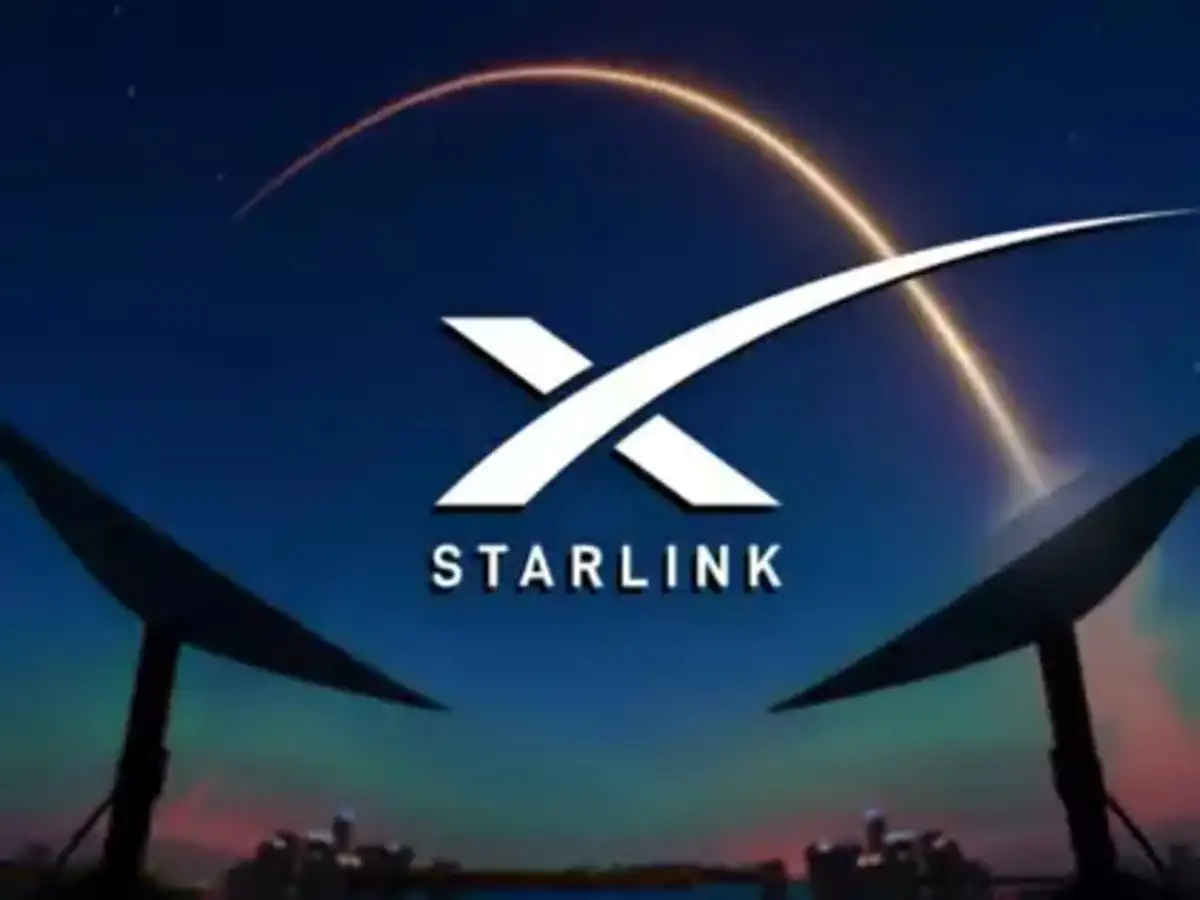India Boosts Telecom Connectivity in Remote Areas

The Government of India is ramping up efforts to enhance telecommunication connectivity in remote regions through a series of ambitious projects funded by the Digital Bharat Nidhi (DBN). These initiatives, which include significant investments in mobile and broadband services, aim to bridge the digital divide in underserved areas. Key projects include the Comprehensive Telecom Development Plan and the 4G Saturation Project, among others, with a total investment exceeding ₹43,000 crore.
Major Projects Underway
To improve mobile connectivity in challenging terrains, the Indian government has launched several key projects. The Comprehensive Telecom Development Plan (CTDP) focuses on enhancing mobile services in the North Eastern Region, Andaman & Nicobar Islands, and Lakshadweep Islands, with an investment of over ₹4,050 crore. This initiative aims to provide reliable communication services in these geographically isolated areas. Another significant project is aimed at providing mobile services in regions affected by Left Wing Extremism (LWE) and Aspirational Districts, with a budget exceeding ₹13,179 crore. This effort is crucial for ensuring that even the most vulnerable communities have access to essential communication services. The government is also implementing the 4G Saturation Project, which targets uncovered villages with an investment of over ₹26,300 crore. This project is expected to significantly increase internet access and mobile connectivity in rural areas. Additionally, the amended BharatNet project aims to provide broadband connectivity to Gram Panchayats and villages, further enhancing digital access across the country.
Advancements in 5G Connectivity
In a bid to expand 5G connectivity, the Indian government has introduced several reforms and initiatives. These include the auction of spectrum for 5G mobile services and financial reforms to streamline Adjusted Gross Revenue (AGR), Bank Guarantees (BGs), and interest rates. Notably, the removal of Spectrum Usage Charges for spectrum acquired in the 2022 auction is expected to encourage more telecom operators to invest in 5G infrastructure. The government has also simplified the procedure for obtaining Standing Advisory Committee on Radio Frequency Allocations (SACFA) clearance, which is essential for deploying new telecom infrastructure. The launch of the PM GatiShakti Sanchar portal aims to streamline permissions for the installation of telecom infrastructure, including small cells and telecommunication lines.
Since the rollout began in October 2022, India has installed 4.69 lakh 5G Base Transceiver Stations (BTSs), marking one of the fastest 5G deployments globally. Currently, 5G services are available in 99.6% of districts, with 2.95 lakh BTSs established in the last financial year alone.
Government’s Commitment to Connectivity
The Minister of State for Communications and Rural Development, Dr. Pemmasani Chandra Sekhar, provided this information in a written response to a question in the Lok Sabha. The government’s commitment to enhancing telecommunication infrastructure is evident through these extensive projects and reforms aimed at ensuring that all citizens, regardless of their location, have access to modern communication services.
Observer Voice is the one stop site for National, International news, Sports, Editor’s Choice, Art/culture contents, Quotes and much more. We also cover historical contents. Historical contents includes World History, Indian History, and what happened today. The website also covers Entertainment across the India and World.

